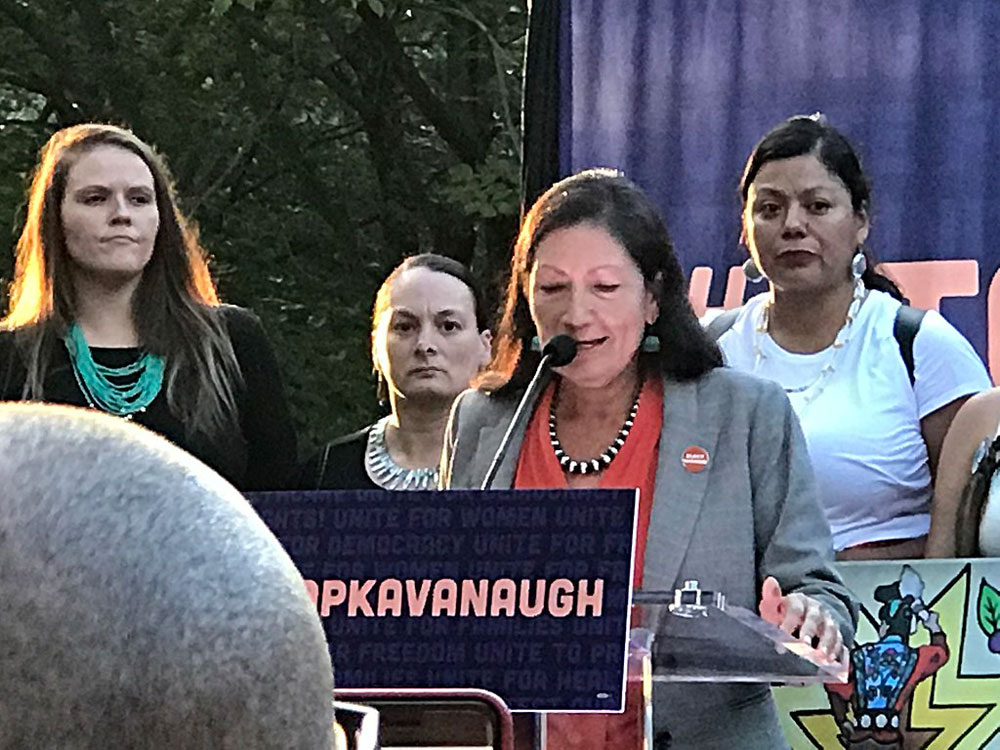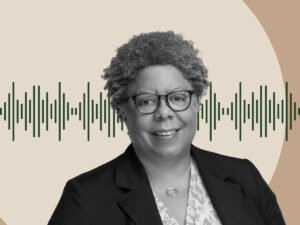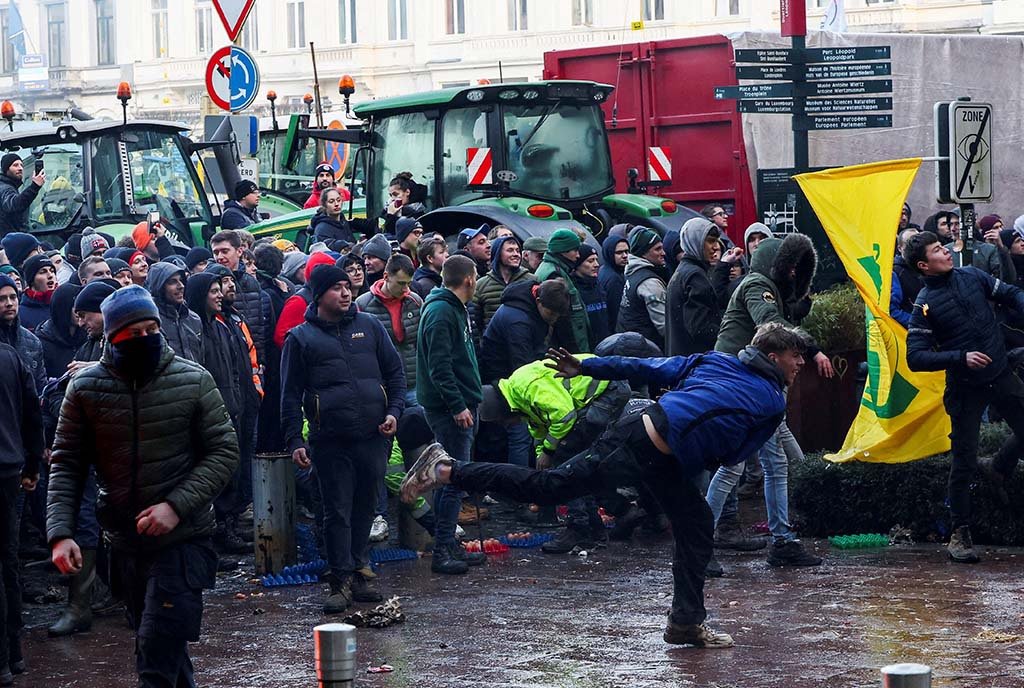
October 24, 2020; Vogue
It is not common to find Vogue magazine—not Teen Vogue, but Vogue—writing about elections. Then again, 2020 is not a common year. One trend that Vogue lifts up is the rising participation of Native American women in electoral politics—and their rise has indeed been impressive.
Some NPQ readers may recall it was just in January 2019 that the first two Native American women ever won seats in Congress—namely, Representative Sharice Davids (Ho Chunk), D-Kansas, and Representative Deb Haaland (Laguna Pueblo), D-New Mexico. This year, the number of Native American women candidates running was 18. That’s a stunning increase. As recently as 2010, the number was zero.
Two-thirds of the 18 candidates did not make it out of the primaries, but still a record six Native American women are running for seats in Congress on major party tickets in the general election. The previous record was set in 2018 at two.
The increased participation of indigenous women in electoral politics is part of a broader trend of increased participation of women of color overall, including record numbers of Latinas and Black women. All told, according to the Center for American Women and Politics at Rutgers University, in the general election, the number of major party women of color candidates has climbed rapidly in the past dozen years, as demonstrated by the chart below:
| 2008 | 2016 | 2018 |
2020 Sign up for our free newslettersSubscribe to NPQ's newsletters to have our top stories delivered directly to your inbox. By signing up, you agree to our privacy policy and terms of use, and to receive messages from NPQ and our partners. |
|
| Black women | 15 | 27 | 41 | 61 |
| Latinas | 10 | 16 | 20 | 32 |
| Asian/Pacific Islander women | 3 | 12 | 17 | 15 |
| Native American women | 0 | 1 | 2 | 6 |
The outcomes of this year’s elections, of course, remain to be decided, but already it has been, writes Christian Allaire in Vogue, “a trailblazing year for Indigenous representation.” Further gains in Native American representation in Congress in 2020 are far from certain, but they remain possible
For example, in Wisconsin’s seventh congressional district, Tricia Zunker (Ho Chunk) is running as the Democratic Party nominee; the district, according to the Cook political report, is considered a safe Republican seat. But an R+8 partisan voter ranking is modest enough that if the 2020 election were to prove a Democratic “wave election,” Zunker would have an outside chance of prevailing and joining Davids and Haaland in Congress.
Native women’s electoral activism, also, notes Allaire, extends beyond congressional races. For example, Native American candidates have also made inroads in state elections in Kansas. As Allaire details, “Stephanie Byers, who is Chickasaw, is a Democrat running for election to the Kansas House of Representatives to represent District 86; should she be elected, Byers would be the first openly transgender woman in the state’s legislature. Christina Haswood, who is Diné, is also running for election to the Kansas House of Representatives, to represent District 10; at 26, she would be the state’s youngest sitting legislator.”
As NPQ has observed, the Native American community has been gearing up for the 2020 elections for some time. Back in May 2019, NPQ reported on the political advocacy group Four Directions. In August 2019, a presidential forum organized by Four Directions attracted a record field for a Native-led presidential forum, with ten Democratic presidential candidates involved, including US senators Bernie Sanders, Elizabeth Warren, and Kamala Harris.
For her part, Zunker tells Allaire that the rising participation of Native women in politics stems from their active participation in their own communities.
“Native women are leaders.” Zunker explains. “We are leaders in our governments, in our communities, and in our households. When there is a Native voice at the table, the conversation changes. We are running for positions that our relatives weren’t allowed to occupy, and with that opportunity comes a duty to give back and help make things better for everyone.”—Steve Dubb













